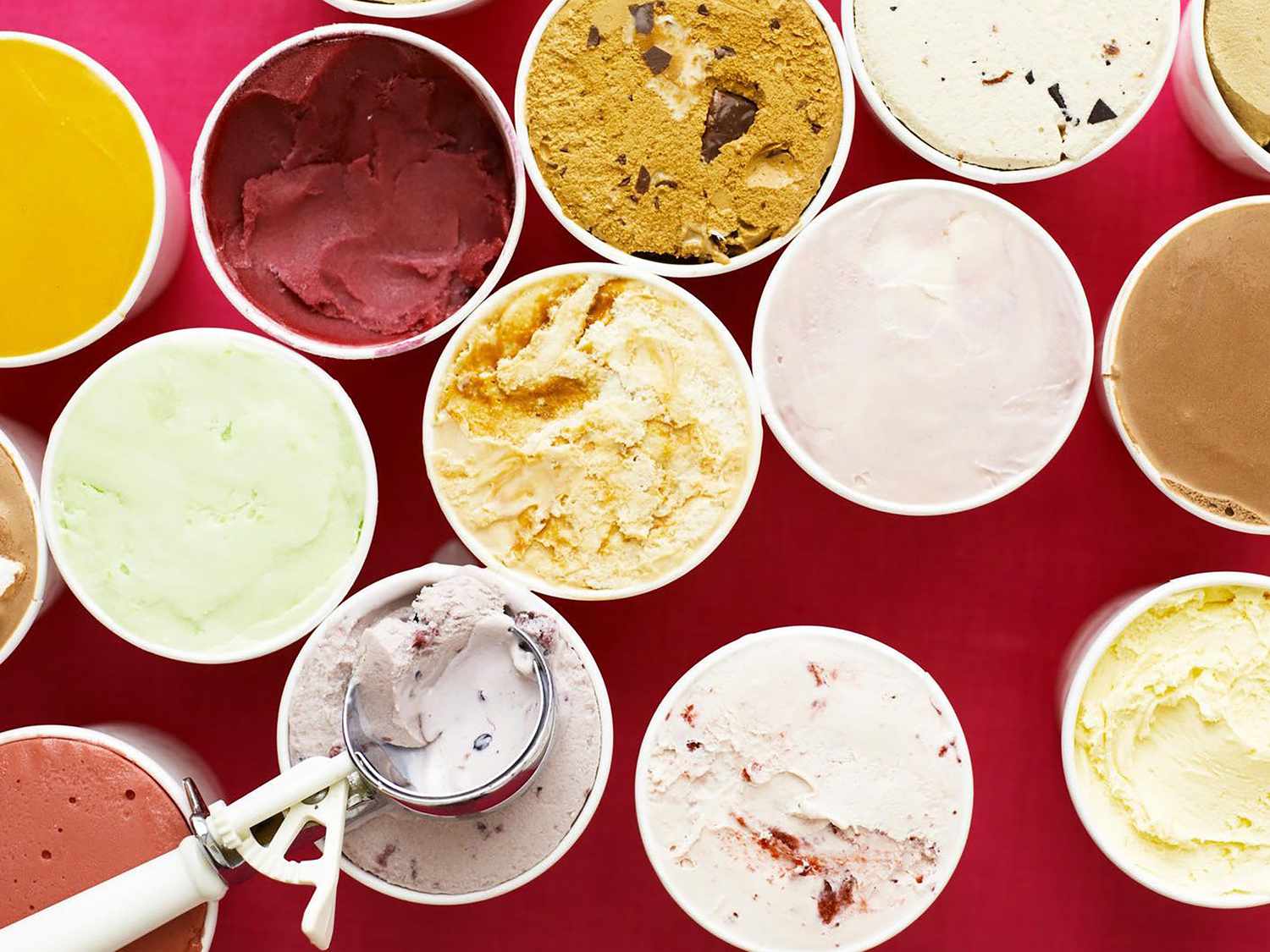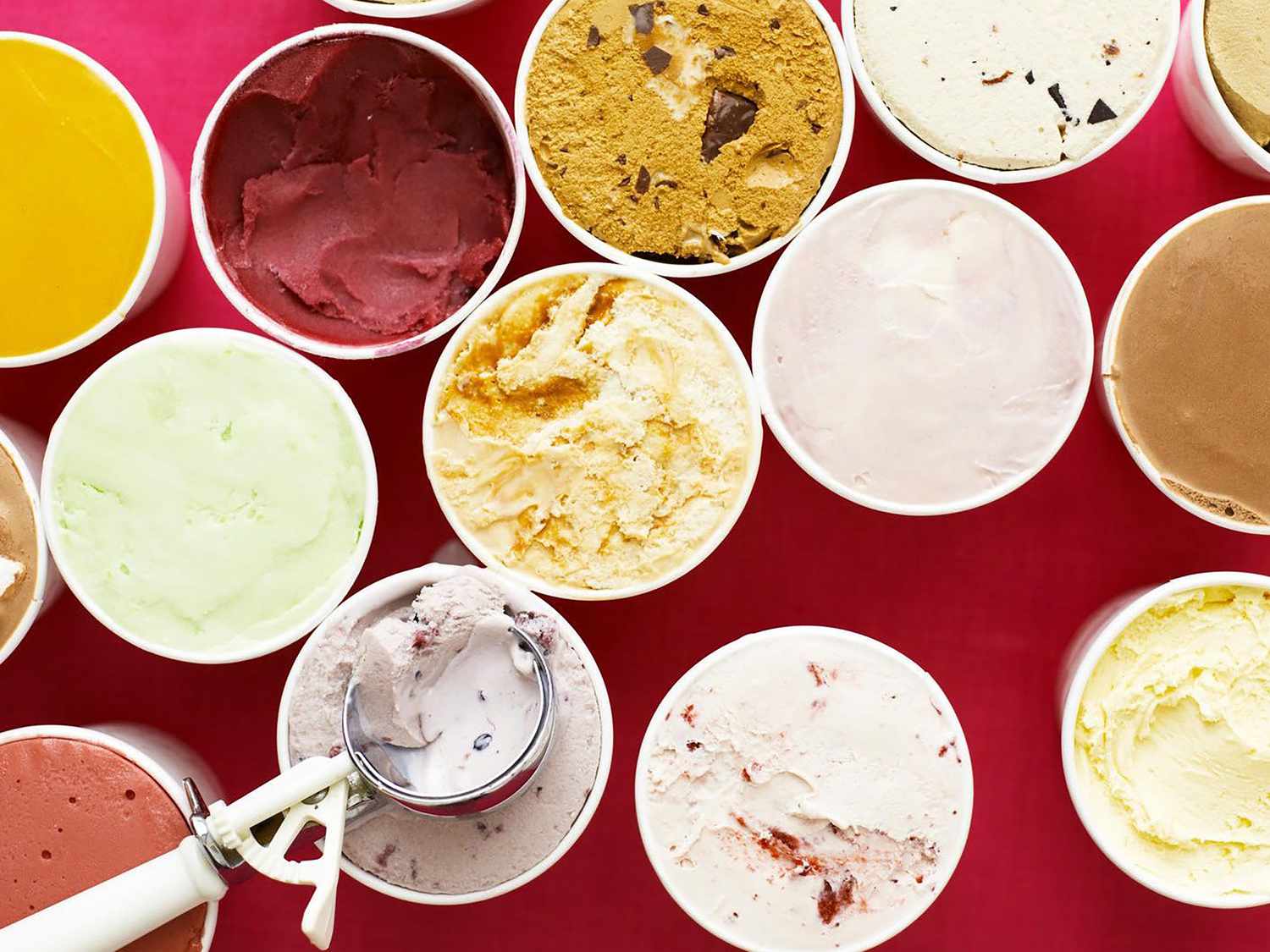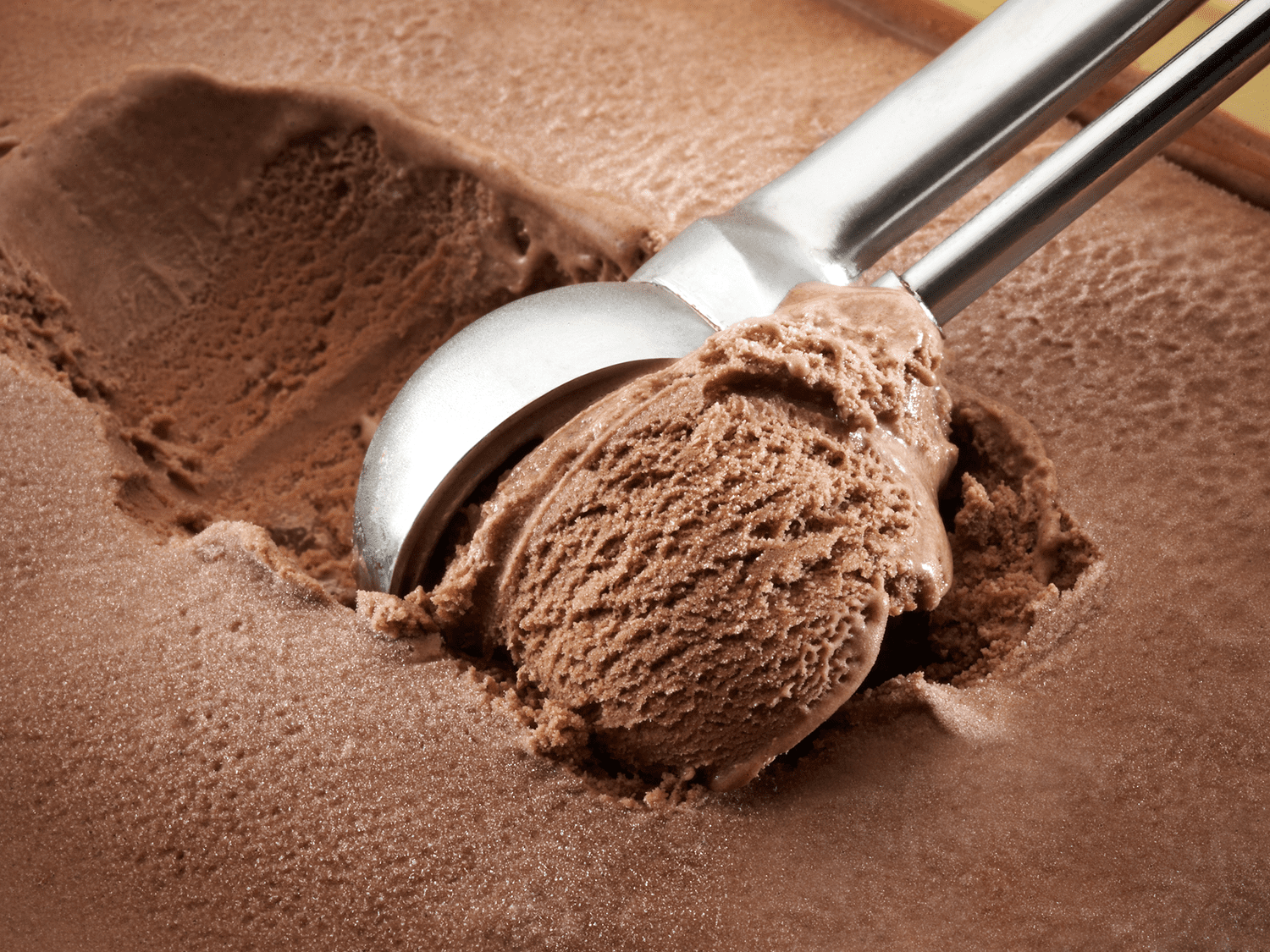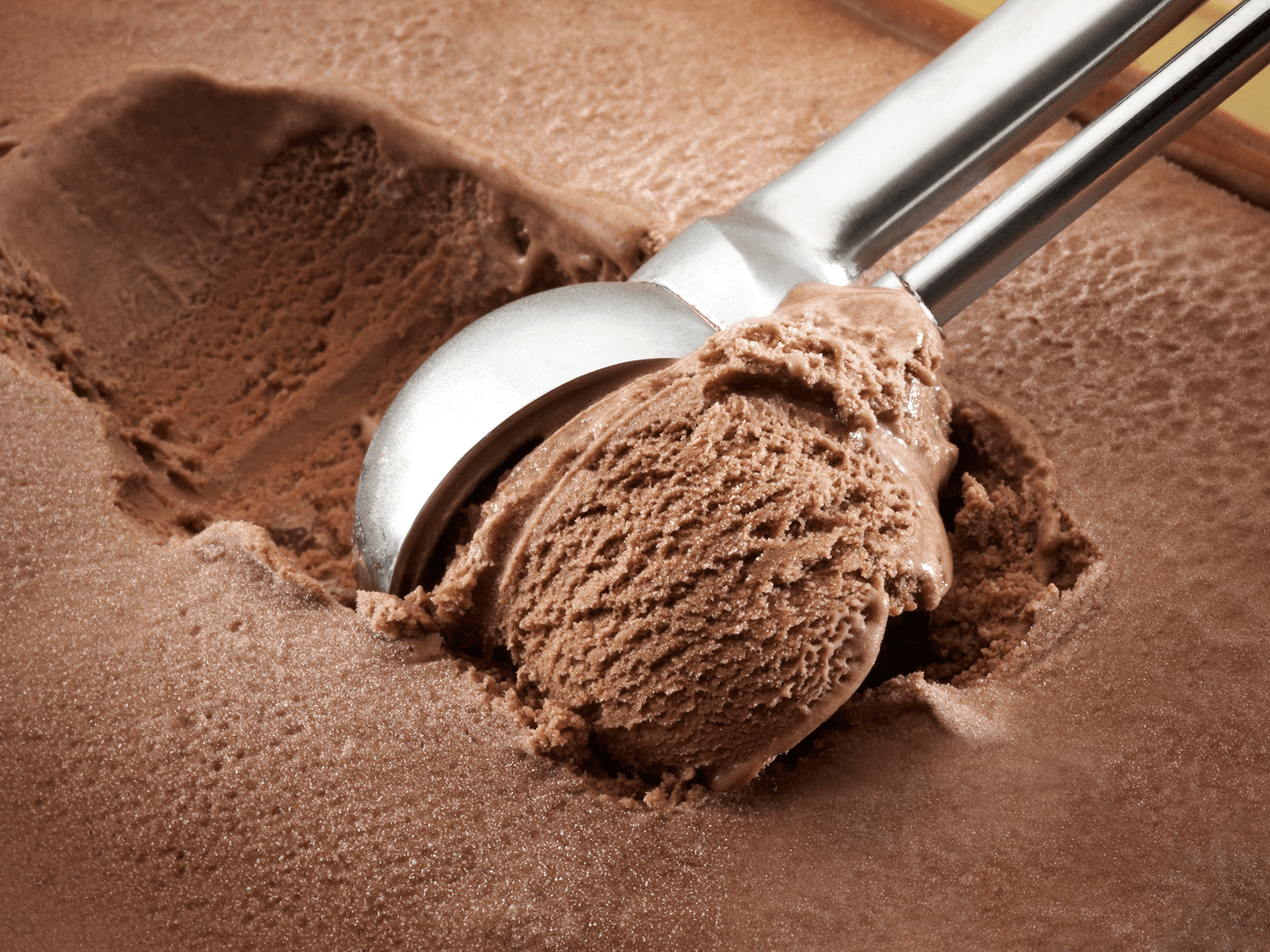Close


Photo:
MEREDITH
Ice cream has managed the impossible. Once a seasonal treat for cooling down during the warm-weather months, ice cream is now enjoyed any time of the year and people don’t think twice about it. While ice cream pairs well with dessert such as brownies or heaping portions of cobbler, has flavors for every season, and can be a therapeutic treat when you want to eat your feelings, its downfall can sneak up when you least expect it.
If you’ve got a tub of opened ice cream in the freezer, then it’s susceptible to freezer burn. We chatted with experts at Tillamook, which makes some of the best ice cream around, to see if a common ice cream hack to prevent freezer burn actually works, and what causes freezer burn in the first place.
What Causes Freezer Burn?
Those telltale crystals can downgrade even the best ice cream. Like all frozen things transferred to room temperature, ice cream melts. Then once you put it back in the ice box, the moisture transforms into ice crystals—and causes freezer burn. (This also happens with cheese!)
“Any time we warm the ice cream and it does melt and then it refreezes [is] when you start to get freezer burn,” says Steve Marko, senior director of research and development at Tillamook County Creamery Association. “The ice crystals form and they get larger and they get crunchy or sandy.”
Can You Eat Freezer-Burned Food?
Why Does Storing Ice Cream Upside Down Prevent Freezer Burn?
When you store ice cream upside down, the melted cream ends up freezing against the lid and sealing the container, keeping some of those ice crystals out. However, although it works, the hack has a downside. “It also exposes the bottom of the container [to freezer burn],” Marko says. Fortunately, he and Jill Allen, director of product excellence in research and development at Tillamook, shared other strategies for preventing freezer burn.


hdere/Getty Images
Other Ways to Prevent Freezer-Burnt Ice Cream
Freezer burn is connected to melting, so the best way to prevent it is making sure your ice cream melts as little as possible. “Don't let it have any chance to melt, scoop it, [and] get it back in the freezer as quickly as possible,” says Allen.
- Store your ice cream in the coldest part of the freezer (often the bottom); the ideal temperature for ice cream is 0 degrees F, Marko says.
- Don’t let your carton sit on the counter and melt—instead, scoop your desired amount out first, preferably using an ice cream scoop or spoon heated under warm water. This will reduce the potential melted surface area of the ice cream.
- Start scooping from the outer perimeter and move towards the center. This creates an even surface for the ice cream to refreeze more consistently.
- At the grocery store, buy your ice cream last. You can also stow purchased ice cream in a freezer bag once you’ve paid for it.
Can You Freeze Cottage Cheese?
Was this page helpful?
Thanks for your feedback!
Tell us why!
Other
Submit





